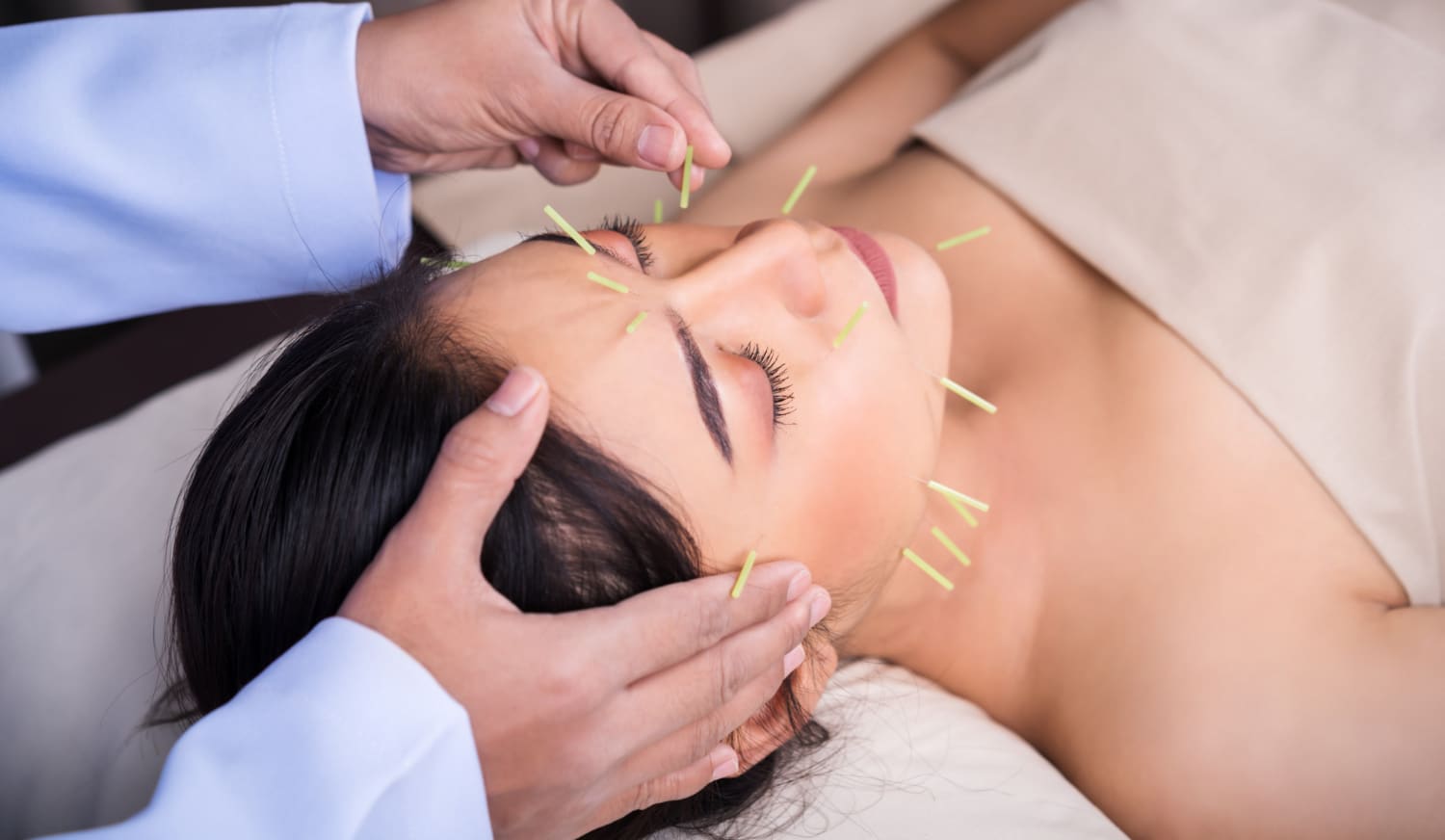
In the pursuit of regaining youthful features without invasive surgery, thread lifts have emerged as a popular non-surgical option. This article delves into the intricacies of thread lifts, examining their benefits, potential drawbacks, and essential considerations for medical professionals considering this procedure for their patients.
Thread lifts are non-surgical procedures that utilize specialized sutures to lift and tighten the skin. By inserting these threads beneath the skin’s surface, the procedure aims to stimulate collagen production and provide structural support. This technique offers a minimally invasive approach to facial rejuvenation, targeting mild to moderate skin sagging without the extensive downtime associated with traditional facelift surgery.
Before recommending thread lifts, consider the following:
Thread lifts offer a viable option for patients seeking facial rejuvenation without the downtime of surgery. By weighing the advantages, potential risks, and patient-specific factors, healthcare providers can guide informed decisions and recommend suitable treatments. Understanding these nuances ensures optimal outcomes and patient satisfaction in cosmetic procedures.
Join our newsletter to receive latest news and offers

Medicle MD Ltd
Reg. Number: 14317237
Address: 27 Old Gloucester Street,
WC1N 3AX London,
United Kingdom